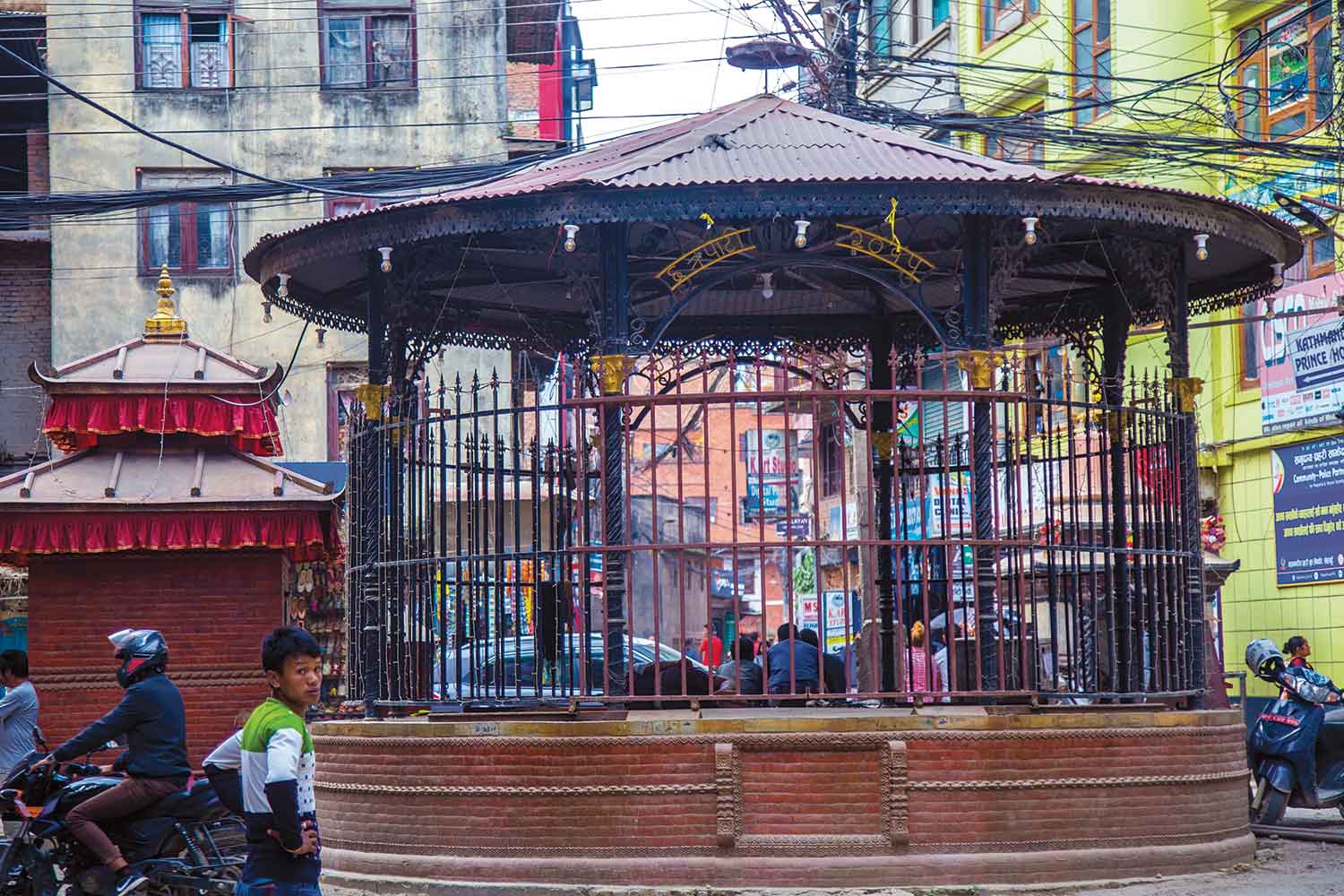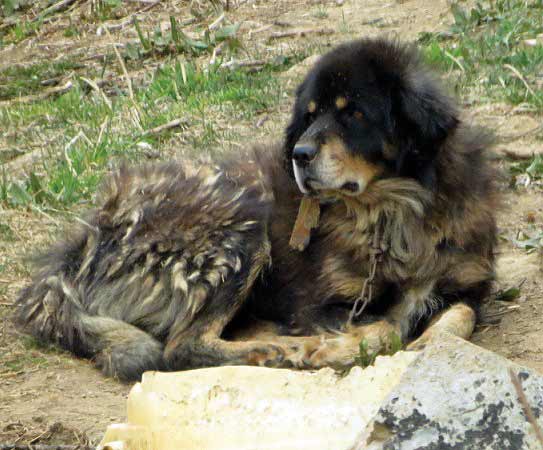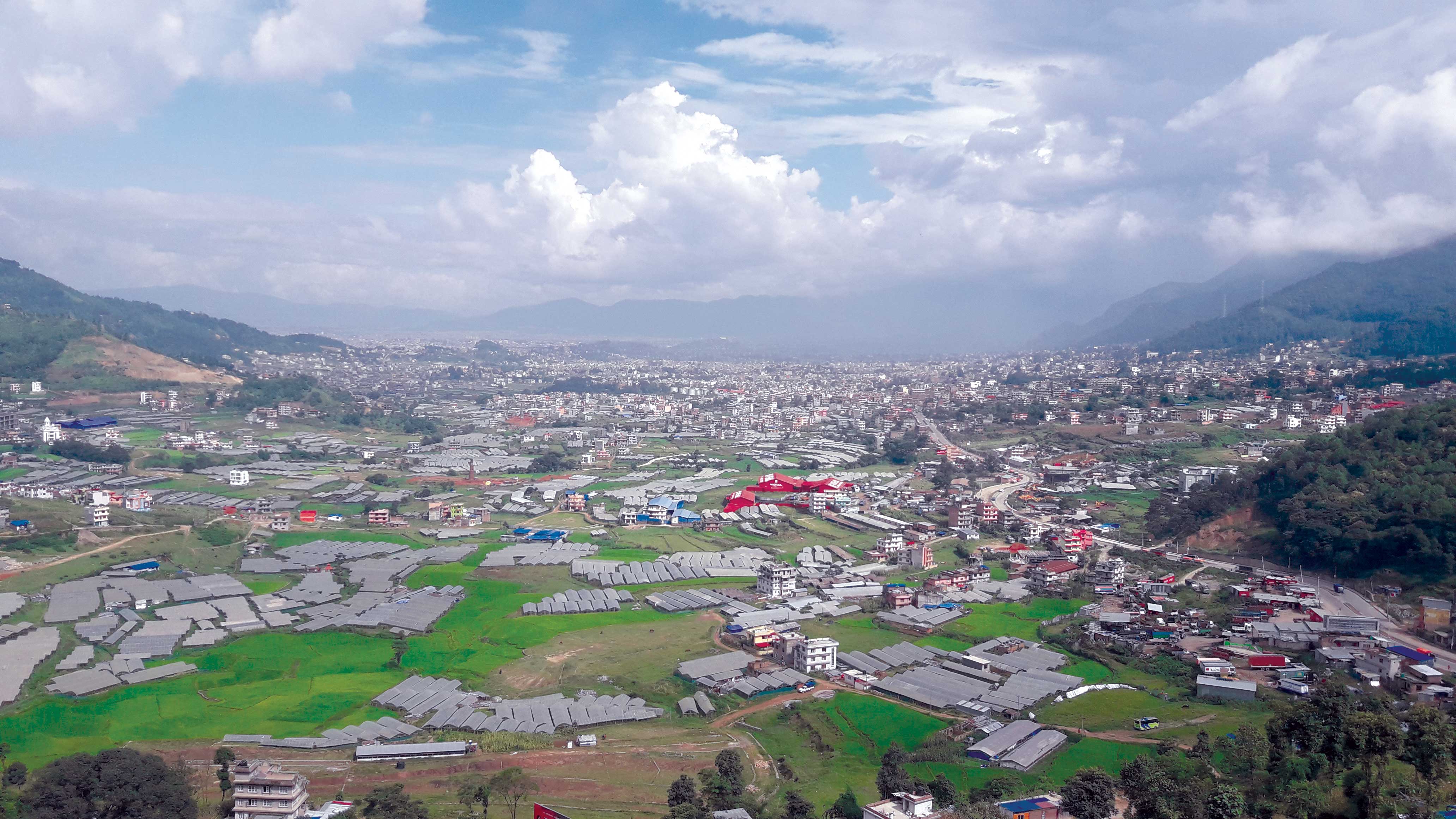
It was spring, and the weather was rosy and lovely. A sparrow gently flew in and perched itself on the gajur (spire) of the roof of the traditional resting stop, or pati, which was circular in form. The roof was the shape of an umbrella, from which the name of the place was derived. The structure is situated at the confluence of six roads: one leading to Basantapur; another to Asan and other different roads heading towards Thamel, Paknajol, Dhobichaur and Dhalko. The sparrow chirped oblivious to the fact that so many bhajans had taken place in it. My own grandfather used to play the harmonium in those bhajans in this same pati. In a way, there happens to be an unlikely affinity between those who played in the bhajans, and the bird. Both of their singing talents are the result of divine blessings. So many people must have found respite in this structure during their long journeys in the old days. And the sparrow definitely had no idea how the pati now found itself in the middle of innumerable traffic jams.
These resting stops were built so that travelers might find a place to sleep at night during their tediously lengthy journeys. It was an act of endearing thoughtfulness on the part of the area’s inhabitants. It is also cultural as we, Hindus, regard guests as Gods and are known for our incredible hospitality. But they must have expected their generosity to be returned, as they hoped to find such resting stops when they themselves were obligated to travel. In those days, people were mostly self-sufficient, obtaining almost all of their necessities from their farm or their community. So, why did they travel? Was traveling such a big trend as it is now? Or were they traveling for religious purposes? After all, our scripture dictates that our lives are incomplete unless we have been to a certain number of religious destinations.
In front of the pati there stands a small temple of the Lord Bhairab. Bhairab is generally believed to be a guardian deity of the community, protecting them from evil. Across the road is a temple of Saraswati. I remember as a kid, I used to write my name on the temple with chalk on Shree Panchami. Doing so was believed to increase our knowledge and wisdom. Names and letters were scrawled all over the temple on that day by the local inhabitants, especially the children. Shops have been opened in the buildings around it (you know how commercial Kathmandu has become). There is even a big hospital some meters from it. It has become a place where modernity and traditions co-exist.
On Indra Jatra, a big pile of Samay Baaji is kept in front of the pati. All the members of the community are invited to take part in the feast. Baaji (beaten rice) with choila, aloo achar, fried fish, hard-boiled eggs, local alcohol (aila) and other various delicacies comprise a mouth smacking meal. On Gatha Muga Chare, the pati witnesses the burning of an effigy of the demon, Ghanta Karna. According to the myth, the demon wore bells on his ears to drown out the name of the Gods with their ringing. On this day, he was believed to have been defeated and the locals freed from his brutal tyranny. Back in the day, bhajans were a big part of local daily life. In the evenings, people used to gather in the pati. They played instruments and sang, drowning their worldly sorrows with their musical tribute to God. Bhajans were a communal affair. Nowadays, people prefer live music in bars (in the nearby Thamel) to bhajans. How times have changed!
This pati runs in the veins of the locals. It has become a stage on which their stories play out. It really is a place where many paths of life intertwine.











